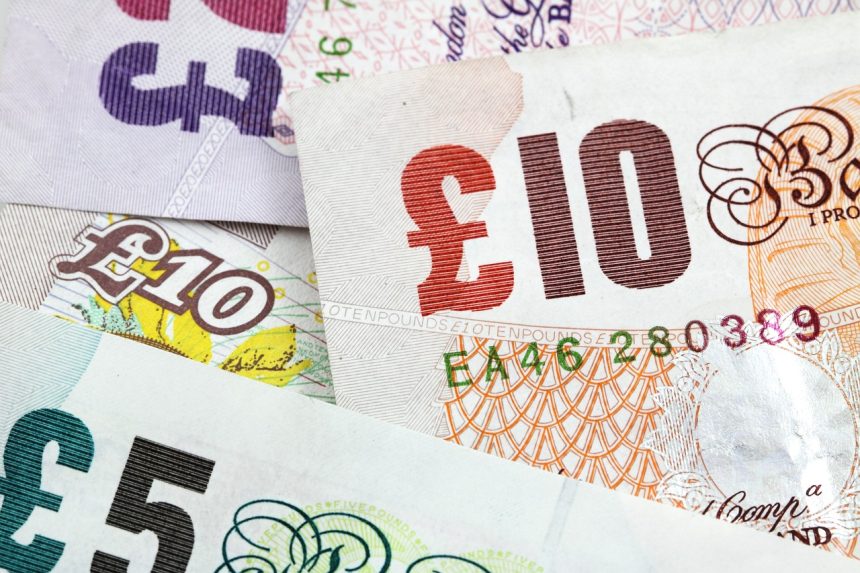On Tuesday, the GBPUSD pair draws some sellers for the second straight day. And it is still in a defensive position going into the European session. The pair is currently trading at its highest point since April 2022. Which was reached last Friday, in the 1.2775–1.2770 range, or a three-day low.
The US Dollar (USD) is viewed as a major driver pushing the GBPUSD pair lower. And has recently recovered from a one-month low. Last week, the Federal Reserve (Fed) paused its annual round of policy tightening, but warned that borrowing rates could still need to climb by as much as 50 basis points and projected a higher peak interest rate this year. The hawkish view causes the US Treasury bond yields to rise again. Which, together with a milder risk tone, drives the safe-haven dollar higher for a third day in a row.
Rising US bond yields and a lower risk tone favor the dollar and put pressure on GBPUSD.
A reduction in interest rates by the People’s Bank of China (PBoC) is overshadowed by concerns about a slowdown. In the global economy, notably in China. Weaker attitude towards the equities markets and some haven flows towards the dollar are indicators of this. The USD bulls, on the other hand, appear hesitant to make risky bets. And would rather wait for new clues regarding the Fed’s trajectory for future rate hikes. It is important to remember that the incoming weaker US macro data created concerns about the US central bank’s ability to continue rising rates.
Therefore, Wednesday and Thursday’s congressional testimony by Fed Chair Jerome Powell will continue to be the center of attention. In addition, numerous influential FOMC members’ statements will be a major factor in determining how much demand there is for the USD. Losses for the GBPUSD pair should be kept to a minimum in the interim due to anticipation that the Bank of England (BoE) will tighten monetary policy much more aggressively in order to combat excessive inflation. This could discourage traders from putting new wagers before the BoE meeting on Thursday and the UK consumer inflation data on Wednesday.









